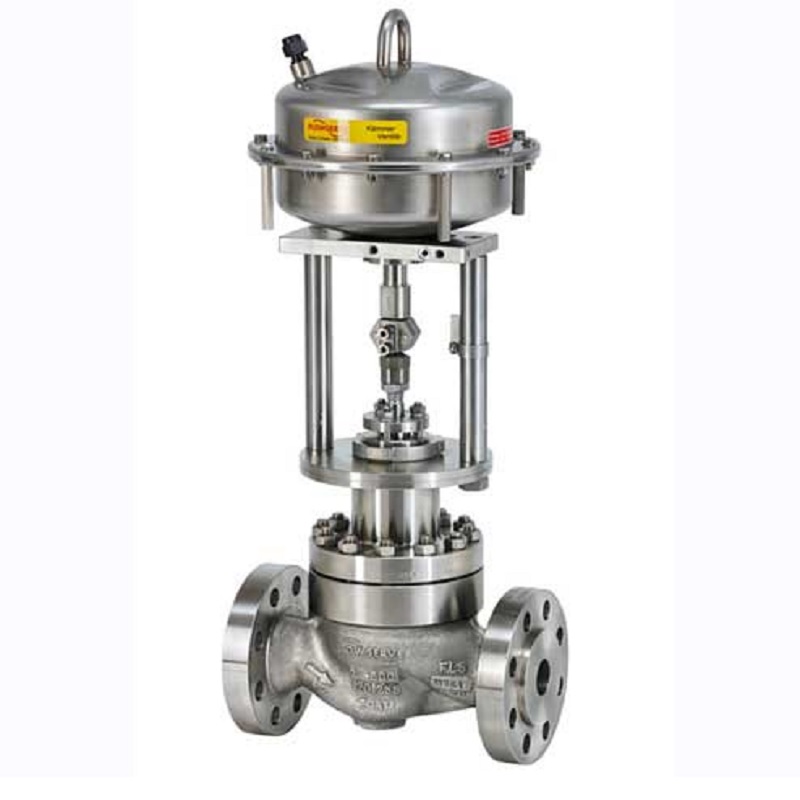Enhancing Functional Effectiveness with Advanced Control Valves
Enhancing Functional Effectiveness with Advanced Control Valves
Blog Article

Maximize Energy Cost Savings and Convenience With Advanced Structure Automation Controls
In the realm of modern-day architecture and center management, the combination of sophisticated building automation manages stands as an essential advancement. By taking advantage of the power of automation, structures can adapt, respond, and progress in means that were once inconceivable.
Power Performance Advantages
Energy performance advantages can significantly minimize power intake and operational expenses in buildings. By applying energy-efficient methods and modern technologies, building proprietors and drivers can attain significant financial savings while likewise adding to environmental sustainability. One of the main advantages of enhancing power efficiency in buildings is the decrease of energy costs. Energy-efficient systems, such as advanced building automation controls, can optimize using resources like illumination, air conditioning, and home heating, bring about reduced power expenditures with time.
Moreover, enhanced power performance can extend the life-span of building devices and systems. By operating extra effectively, a/c systems, light, and various other building parts experience less damage, leading to reduced upkeep and substitute expenses. Furthermore, energy-efficient buildings often regulate higher home values and rental prices, supplying long-term economic benefits to proprietors.
Furthermore, energy performance can boost passenger comfort and productivity. Properly managed indoor settings with optimal lights and thermal conditions develop a more pleasant and favorable work space, leading to enhanced staff member fulfillment and performance. Generally, the energy performance advantages connected with innovative building automation controls are diverse, encompassing price financial savings, environmental stewardship, and occupant well-being.
Boosted Convenience Control
Enhancing convenience control in structure environments requires a sophisticated integration of advanced automation systems for optimum owner health. By using sophisticated building automation controls, facilities can tailor the indoor atmosphere to meet the certain demands and choices of owners. control valves.
By integrating these innovative controls, buildings can not just enhance convenience but likewise boost energy performance by enhancing system procedures based on actual tenancy and use patterns. Ultimately, focusing on resident convenience through advanced automation systems leads to a more satisfying and much healthier indoor atmosphere.
Functional Efficiency Improvements

Furthermore, the execution of real-time surveillance and analytics tools allows building drivers to identify power inadequacies and functional abnormalities without delay. By constantly monitoring energy usage patterns and system efficiency metrics, changes can be made in real-time to enhance power intake and ensure peak functional performance. control valves. In addition, including need reaction methods into building automation controls can additionally enhance operational effectiveness by dynamically adjusting power use based upon grid conditions and prices signals
Indoor Environment Optimization
Reliable interior environment optimization is a fundamental aspect of building automation controls, making certain owners' convenience and health while making best use of energy cost savings. By using sophisticated sensing units and controls, constructing automation systems can continuously change and check temperature, humidity degrees, air quality, and air flow to develop an ideal interior setting. Keeping regular and comfortable conditions not only boosts occupant complete satisfaction but also improves performance and total well-being.
Indoor environment optimization additionally plays a crucial duty in power performance. By fine-tuning ventilation, air conditioning, and home heating systems based on real-time data and tenancy patterns, constructing automation controls can dramatically lower find more info power usage - control valves. For example, carrying out approaches such as demand-controlled air flow and thermal zoning can aid decrease power waste while making certain that each area of the structure gets the required conditioning.

Sustainable Environment Production
Structure automation regulates not just enhance indoor climate problems for power performance and passenger convenience however likewise lay the structure for developing a sustainable environment through calculated monitoring of systems and sources. By incorporating innovative structure automation innovations, such as sensing units, actuators, and intelligent software program, facilities can check and adjust power use in real-time to reduce waste and decrease their carbon footprint. These systems enable predictive maintenance, determining potential concerns prior to they escalate and maximizing tools performance to enhance longevity and performance.
Additionally, sustainable environment production prolongs beyond energy management to encompass water preservation, waste decrease, and interior air top quality renovation. Structure look at this now automation controls can regulate water usage, spot leaks, and make sure correct garbage disposal techniques, adding to general sustainability initiatives. Furthermore, by keeping track of and regulating ventilation and purification systems, these technologies boost resident wellness and efficiency while decreasing power consumption connected with a/c operations.
Final Thought
Finally, advanced structure automation manages deal considerable advantages in terms of energy financial savings, convenience control, operational effectiveness, interior environment optimization, and creating a sustainable atmosphere. By applying these controls, buildings can accomplish ideal efficiency while decreasing energy intake and improving resident convenience. It is apparent that the usage of sophisticated automation technology is critical in enhancing building efficiency and developing a much more sustainable future.
Power effectiveness advantages can substantially decrease power intake and operational expenses in structures. In general, the power efficiency benefits linked with advanced structure automation controls are complex, encompassing price financial savings, ecological stewardship, and passenger well-being.
In addition, including demand action approaches into building automation controls can even more improve operational effectiveness by dynamically changing power use based on grid problems and prices signals.
Structure automation regulates not just maximize interior climate problems for power performance and owner comfort but likewise lay the foundation for developing a lasting setting with strategic monitoring of systems and sources.In final thought, advanced building automation controls deal significant advantages in terms of energy savings, convenience control, operational efficiency, interior climate optimization, and producing a sustainable atmosphere.
Report this page